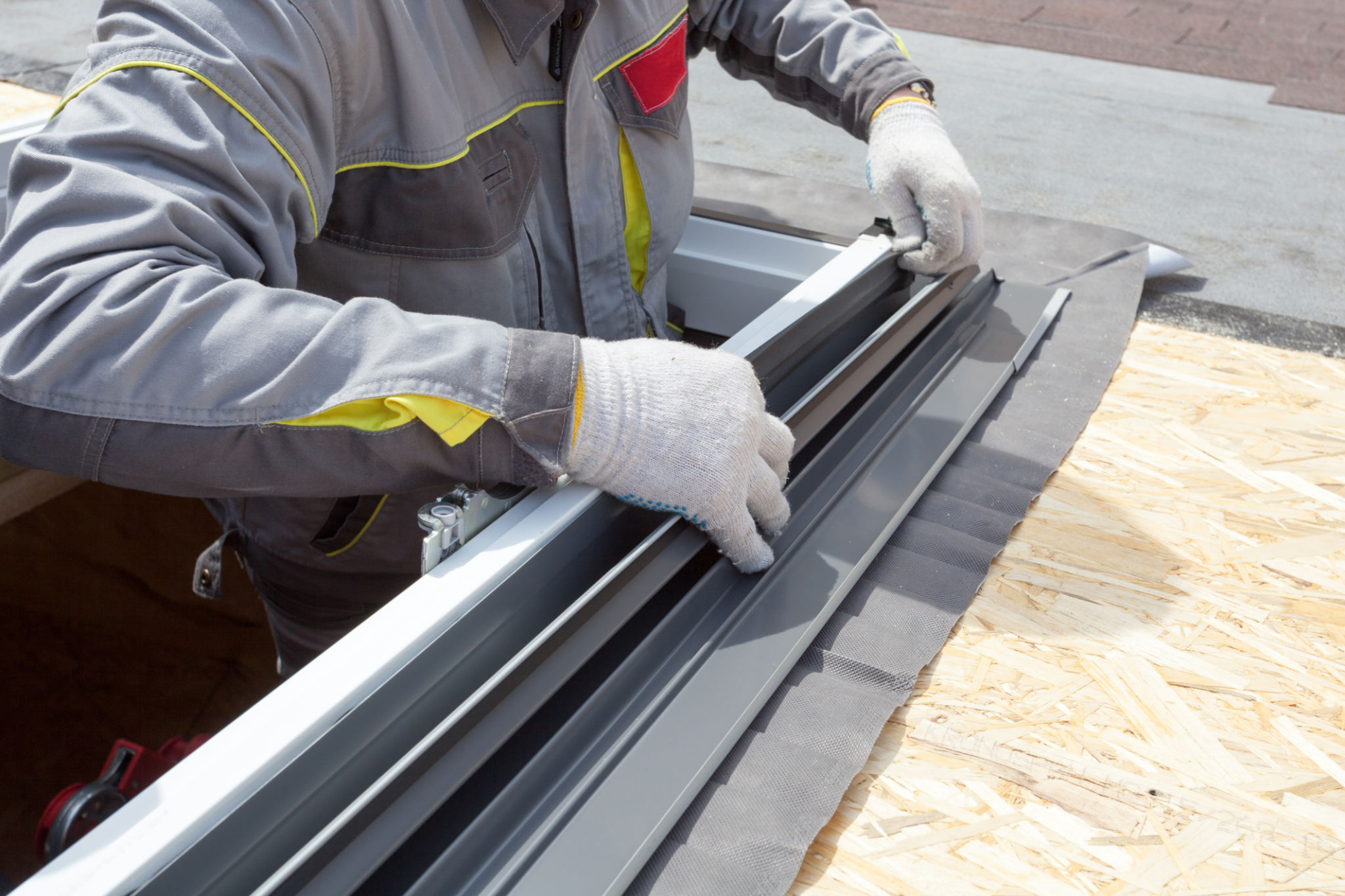A Step-by-Step Guide to Skylight Installation on Roofs in Georgia
Understanding Skylight Installation
Installing a skylight is an excellent way to bring natural light into your home, particularly in Georgia where sunlight is abundant. The process, while rewarding, requires careful planning and execution. Whether you're aiming to enhance your living space or increase energy efficiency, a skylight can be a valuable addition.
Before you begin the installation, it's crucial to understand the different types of skylights available and how they can fit into your home's architecture. Fixed skylights, vented skylights, and tubular skylights offer various benefits depending on your needs.

Planning Your Skylight Installation
The first step in any skylight installation project is planning. Assess the areas in your home that would benefit most from additional light. Consider the orientation of your home and how the sun moves across the sky during different seasons. This will help you decide on the best placement for maximum efficiency and aesthetic appeal.
Next, choose the right size and style of the skylight. Larger skylights can flood a room with light but may also increase heat transfer during Georgia's hot summers. Smaller or tubular skylights might be more suitable for smaller spaces or hallways.
Preparing the Roof
Before cutting any holes in your roof, ensure you have all necessary tools and materials ready. A successful installation requires precise measurements, so double-check your measurements to avoid costly mistakes. Mark the area where the skylight will be installed with chalk or a pencil.

It's important to inspect your roof for any damage or areas that need repair before installation. This ensures that the structure is sound and can support the new addition. Address any leaks or weak spots to prevent future issues.
Installation Process
The installation process involves several steps that must be followed carefully:
- Cutting the Opening: Use a saw to cut an opening in the roof following the marked lines. Ensure the cuts are clean and precise.
- Installing the Skylight Frame: Secure the frame into the opening with screws, ensuring it is level and flush with the roof surface.
- Sealing and Flashing: Apply flashing around the perimeter of the skylight to prevent water infiltration. Proper sealing is crucial to avoid leaks.
- Interior Finishing: Once the exterior work is complete, finish the interior by adding drywall, trim, or other materials to match your decor.

Ensuring Weatherproofing
Georgia's weather can be unpredictable, with heavy rains and thunderstorms being common. Ensuring that your skylight is weatherproof is essential to protect your home from water damage. Use high-quality sealants and flashing materials designed for durability and longevity.
Regular maintenance checks are also important. Inspect your skylight periodically for any signs of wear or damage, especially after severe weather events.
Benefits of Skylight Installation
Beyond aesthetic appeal, skylights offer numerous benefits. They can significantly reduce energy costs by decreasing the need for artificial lighting and improving natural ventilation. In Georgia's mild winters, skylights can provide passive solar heating, further enhancing energy efficiency.
Additionally, natural light has been shown to improve mood and productivity, making skylights a valuable addition to any home environment.

Conclusion
Skylight installation can transform your home by enhancing its appearance and functionality. By following this step-by-step guide, homeowners in Georgia can successfully install skylights that bring beauty, light, and energy savings into their living spaces.
If you're unsure about any part of the installation process, consider consulting a professional to ensure a safe and effective installation.